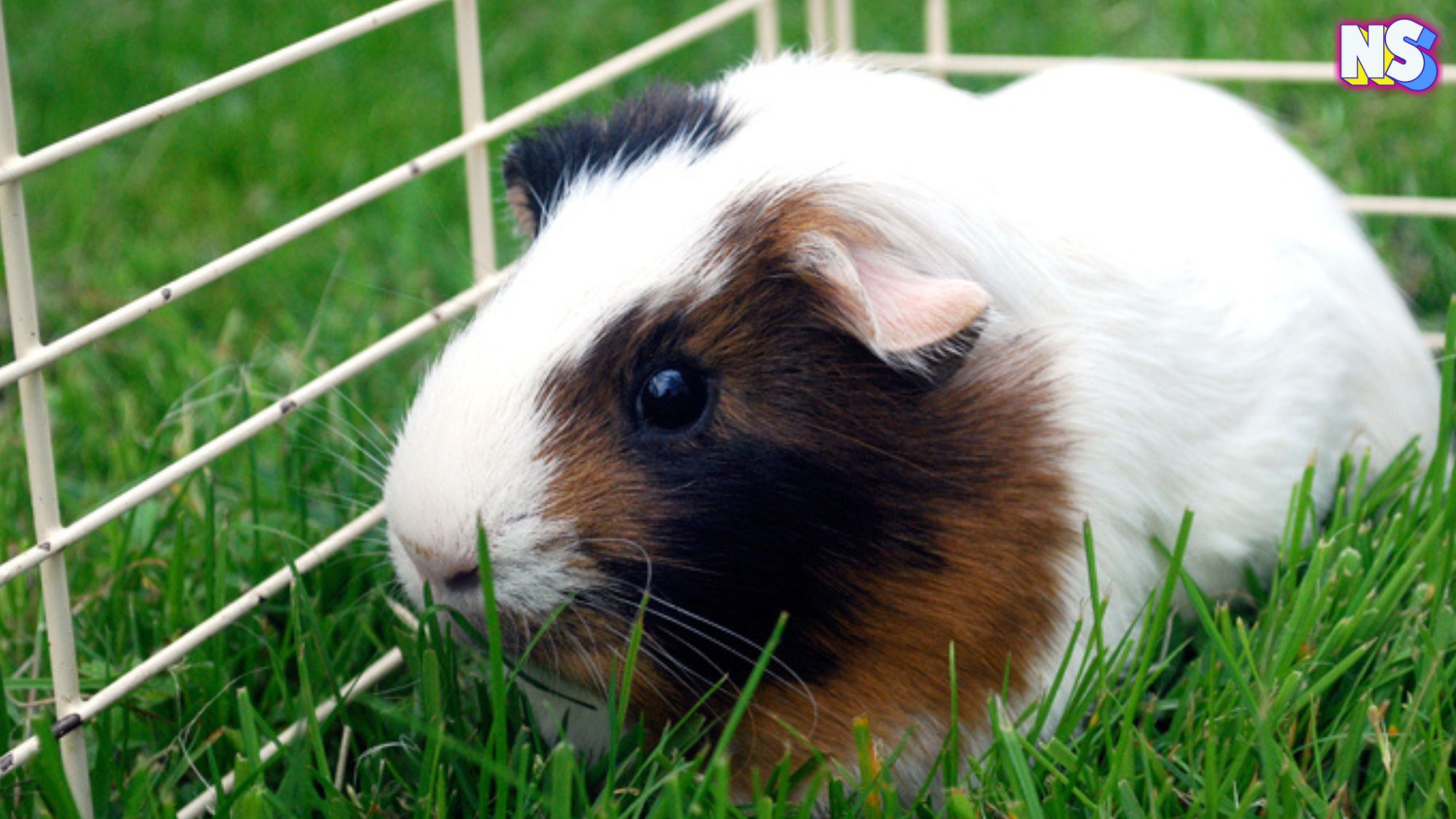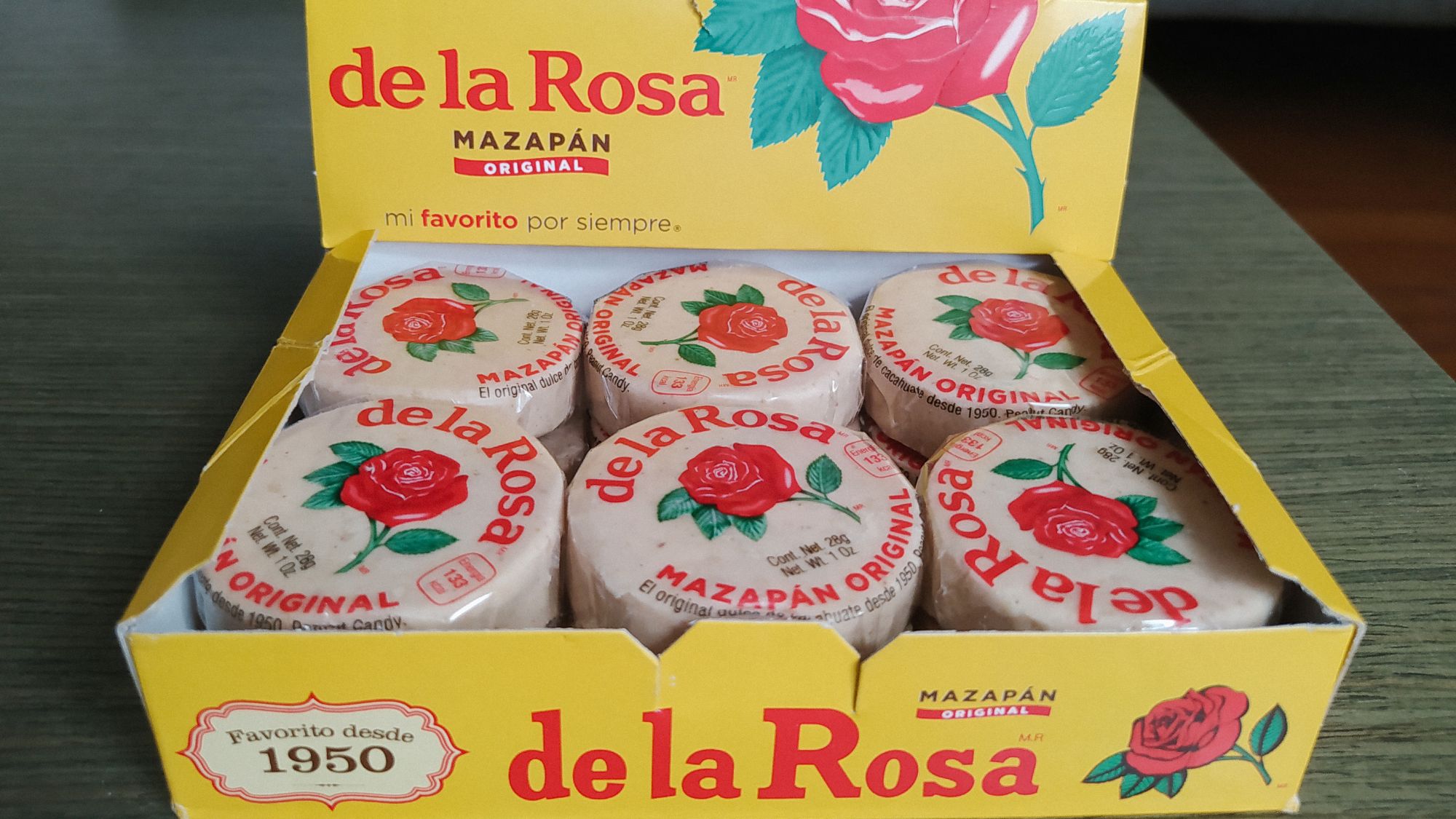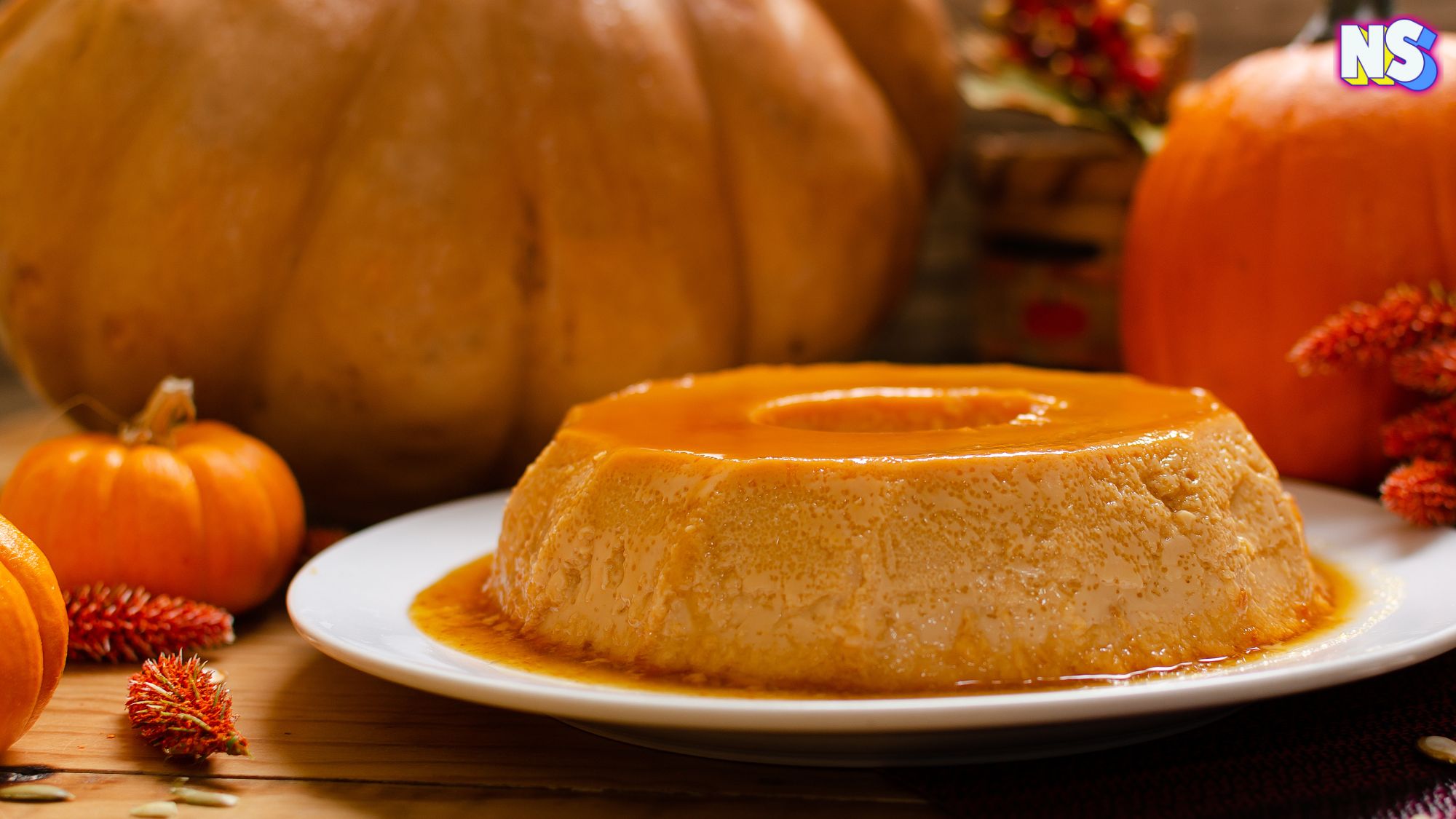It was my daughter's 13th birthday this week, and I thought, 'What better time for her to have a pet?'
Instead of a demanding bulldog or sassy cat, I opted for a new kind of pet in our home: a guinea pig. They’re known for being low on the maintenance and high on the cuteness scale.
So, I did what any responsible mom would do. I Googled all things guinea pig. Where should I get one? What do they need? What do they eat? You know, the usual information.
Then, out of nowhere, I got a recipe for grilled guinea pig. And an image of a cooked guinea pig! Then more recipes and images started popping up!
My Google search for a birthday girl's cuddly surprise took a pretty twisted turn.
I promise you that cooking up and serving the family pet is not what I had in mind. But, I have to admit, it did spark my interest. So, I decided to dig deeper into the culinary history of guinea pigs.
The Culinary History of Guinea Pigs
I found out that cooked guinea pig, or cuy, as it's known, is one of Ecuador's national dishes. And it’s served up in Peru too. What the heck?
“In Ecuador, cuy is a popular traditional dish and an important part of the country’s culinary culture. It is usually served during special occasions such as weddings, festivals, and other celebrations,” the travel site AmigosInternational.org explains.
How did a beloved North American pet, the guinea pig, become cuy, one of South America’s main dishes?
I slipped into my investigative reporter mode and got to work. I texted my Ecuadorian and Peruvian friends immediately to get to the bottom of this "exquisite, traditional food."
Not surprisingly, once I was deep into my research, I was told guinea pig “tastes like chicken.”
And that’s not all I found out.
Guinea Pig's Ancient Origins
My friend Rachel told me the tradition of eating guinea pig goes way back, like thousands of years.
From what I researched, Rachel was right.
The food site, TheSpruceEats, explains, “It's called cuy, and it's a local dish that dates back to the 12th century A.D., when the Incas ruled the Andes.”
I also read that the Incas revered guinea pigs and considered them sacred. As part of their religious practices, they would roast guinea pigs as sacrificial offerings to the gods. These small adorable “rodents” held immense significance in Incan rituals, symbolizing fertility, abundance, and spiritual connection.
Another story I found said that the traditional cuy asado, or roasted guinea pig, first made its debut at a lavish wedding feast. From that moment on, it became a cherished wedding dish, symbolizing love, unity, and celebration.
“Guinea pig isn’t eaten every day, or by everyone in the Ecuadorian Sierra,” National Geographic writes. “However, the rodent, called cuy, is still revered by many and serves as a centerpiece at special celebrations.”
From Countryside to City Streets
“It’s mostly a dish eaten in the countryside of Ecuador,” Destiny, Rachel’s Ecuadorian sister chimed in. “But it’s now becoming popular everywhere because so many chefs are making it.”
It’s true.
“A wave of Lima's avant garde chefs are going gourmet with the ingredient, using cuy in Nikkei dishes instead of smoked fish, or smoothed out as terrine in tasting menus,” CondeNasteTraveler explains. “There are also cuyerías, restaurants specializing in guinea-pig, found in the Arequipa and Cusco regions.”
While cuy is most closely associated with Ecuador, it’s also served in neighboring Peru, which shares similar Andean culinary roots. So I asked my Peruvian friend, Christian, about it. He said “of course” he’s heard of the dish, but he’s never actually tried it.
That takes me back to Rachel. She said, growing up in the United States, she had never tried roasted cuy, but that doesn’t mean it’s not eaten outside of Ecuador or Peru.
“They cook guinea pigs in New York too, you know,” she told me.
Once again, she was right. One quick search for “cuy” on social media led me to reel after reel of people roasting guinea pigs on the streets of New York City, rotisserie style.
Guinea Pigs as Pets
After days of research, I found a UK-based YouTuber who explained the ins and outs of owning guinea pigs, as pets, not food.
I shared all of my findings with my daughter, including the rotisserie side. Part of me didn’t want her to Google guinea pigs and find an image of a roasted little fella on her search. Another part of me just couldn’t keep all of this in. Her response?
“I still want a guinea pig,” she told me. “ … and I promise I won’t eat it.”
Now that’s a responsible pet owner. I think she’s ready to love and care for a pet guinea pig.





